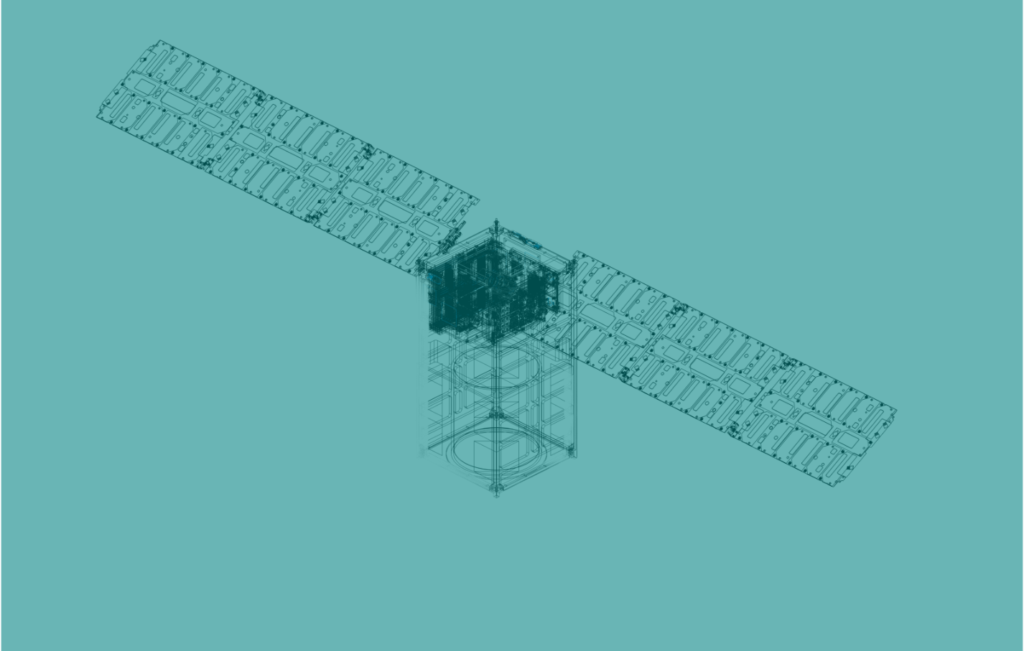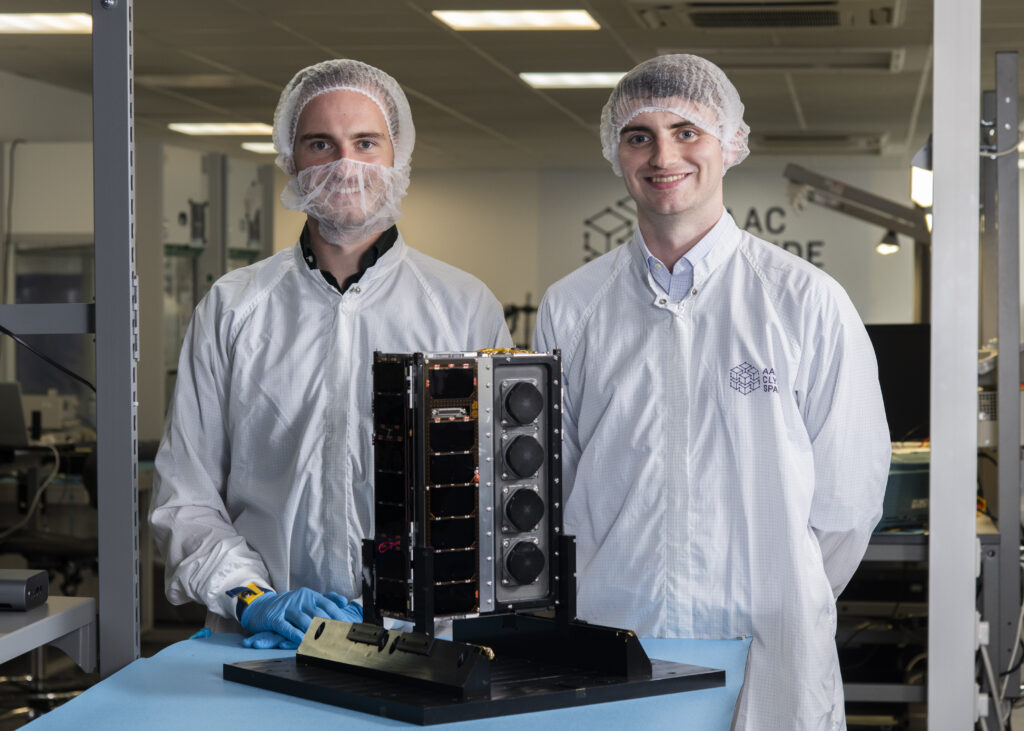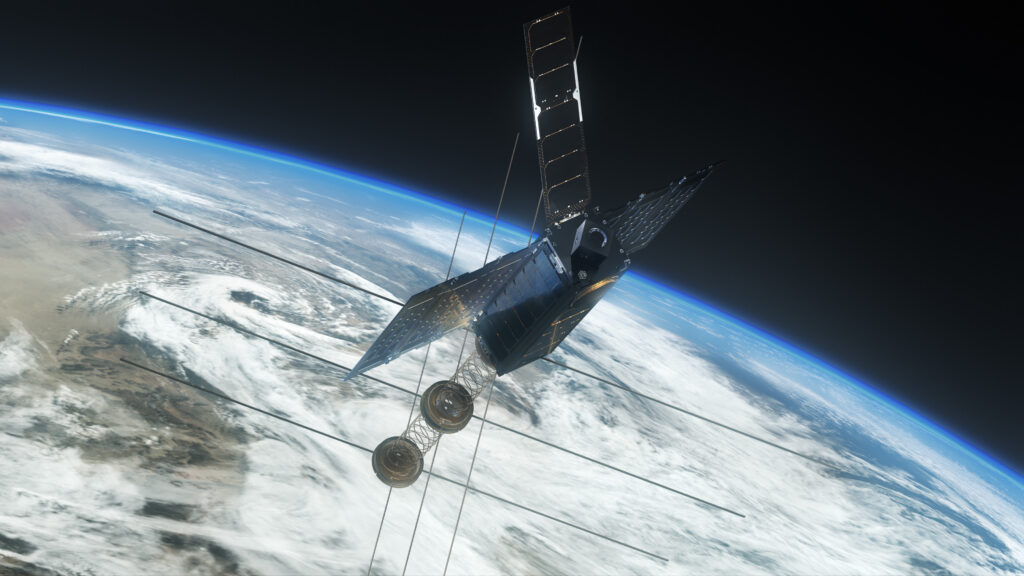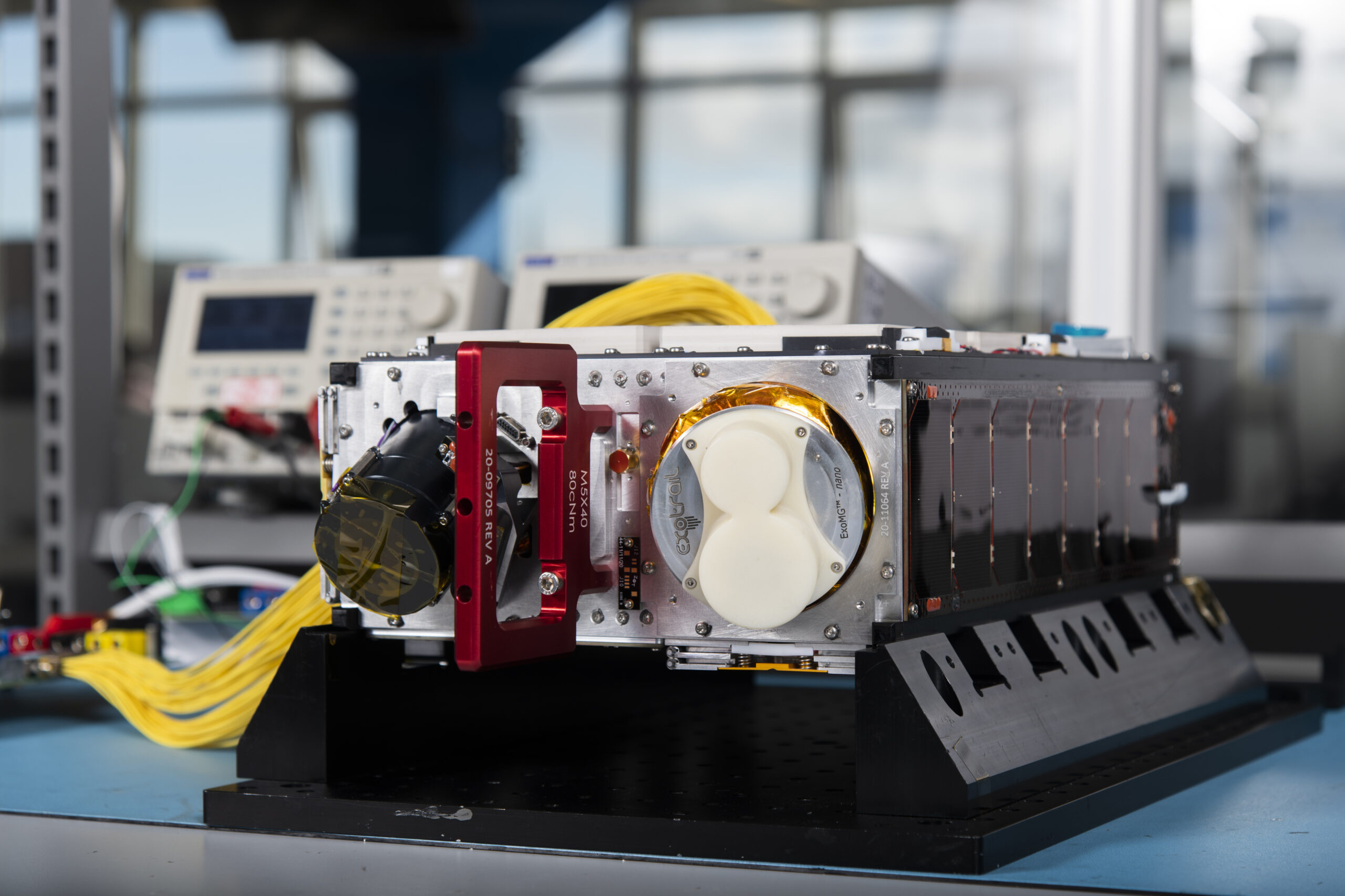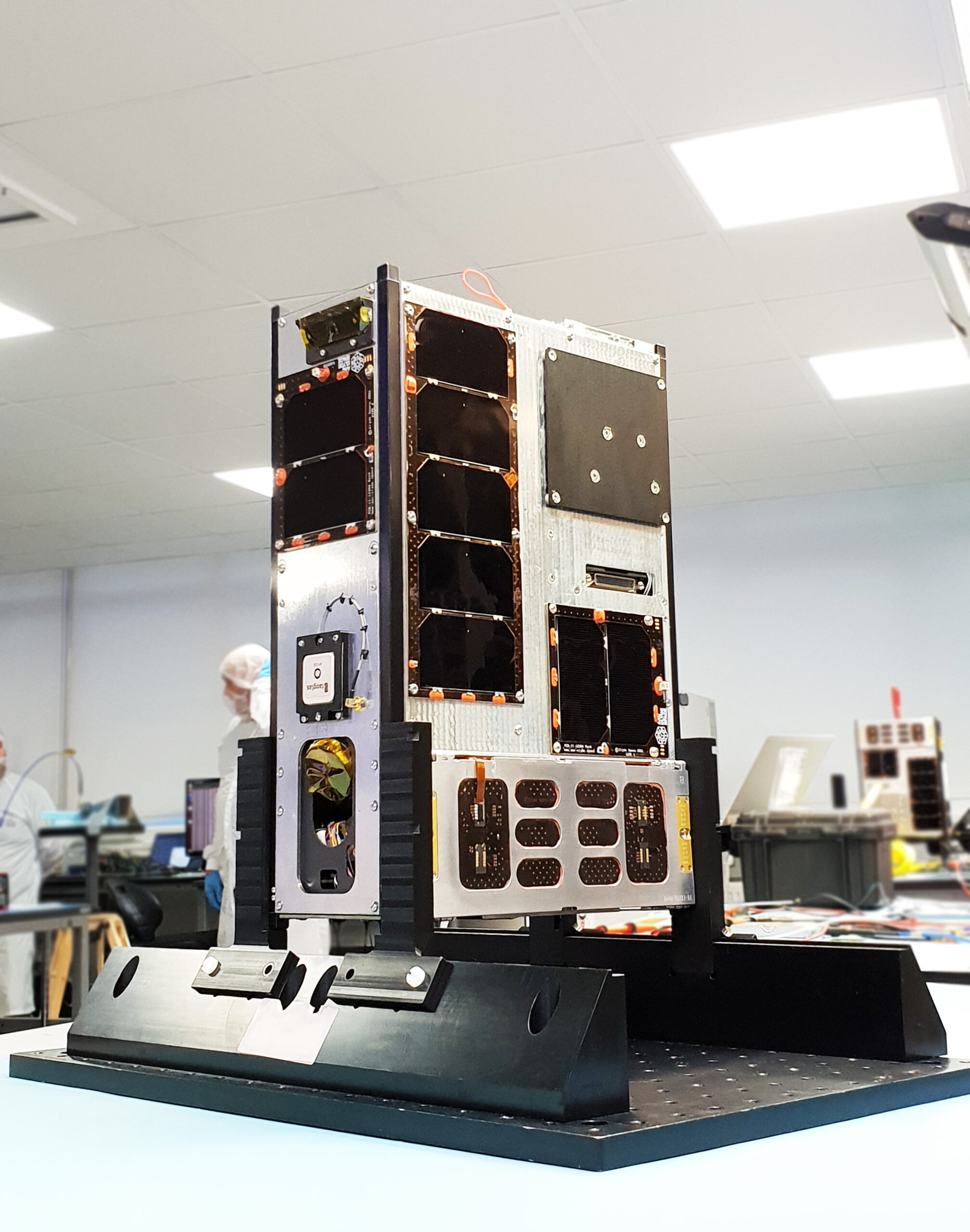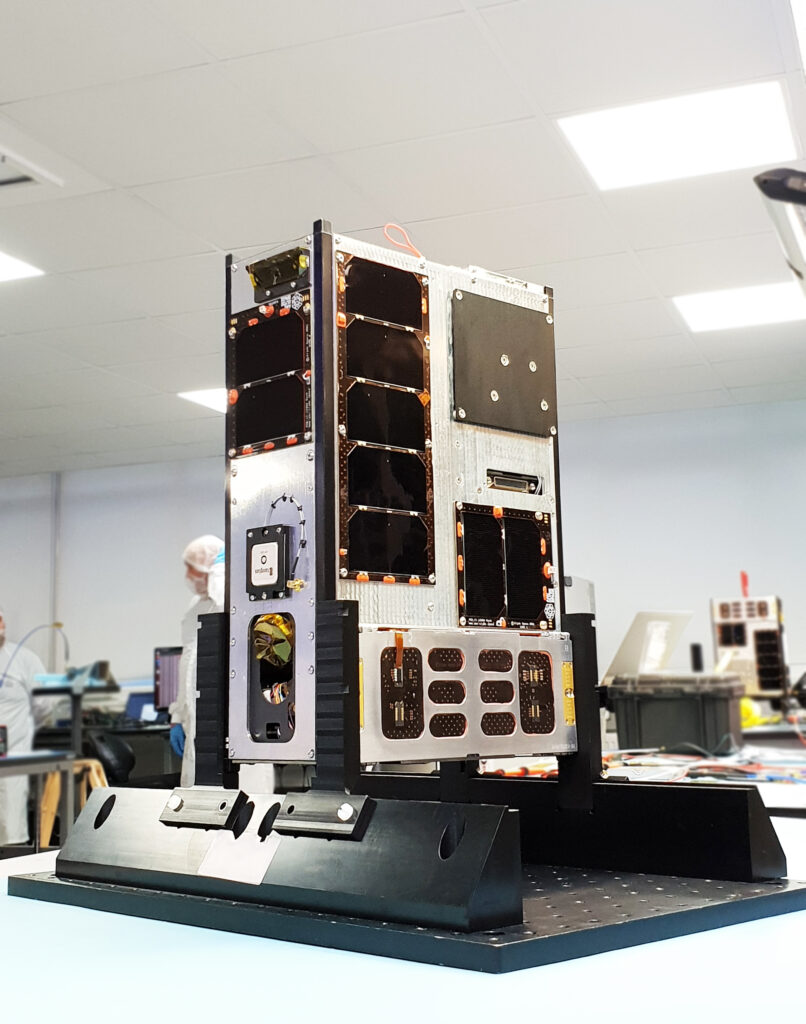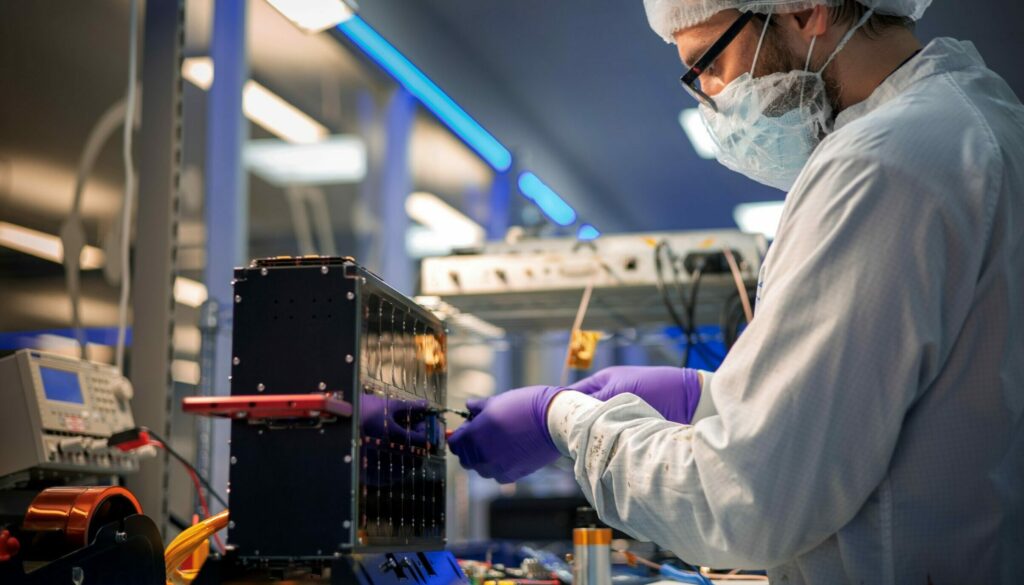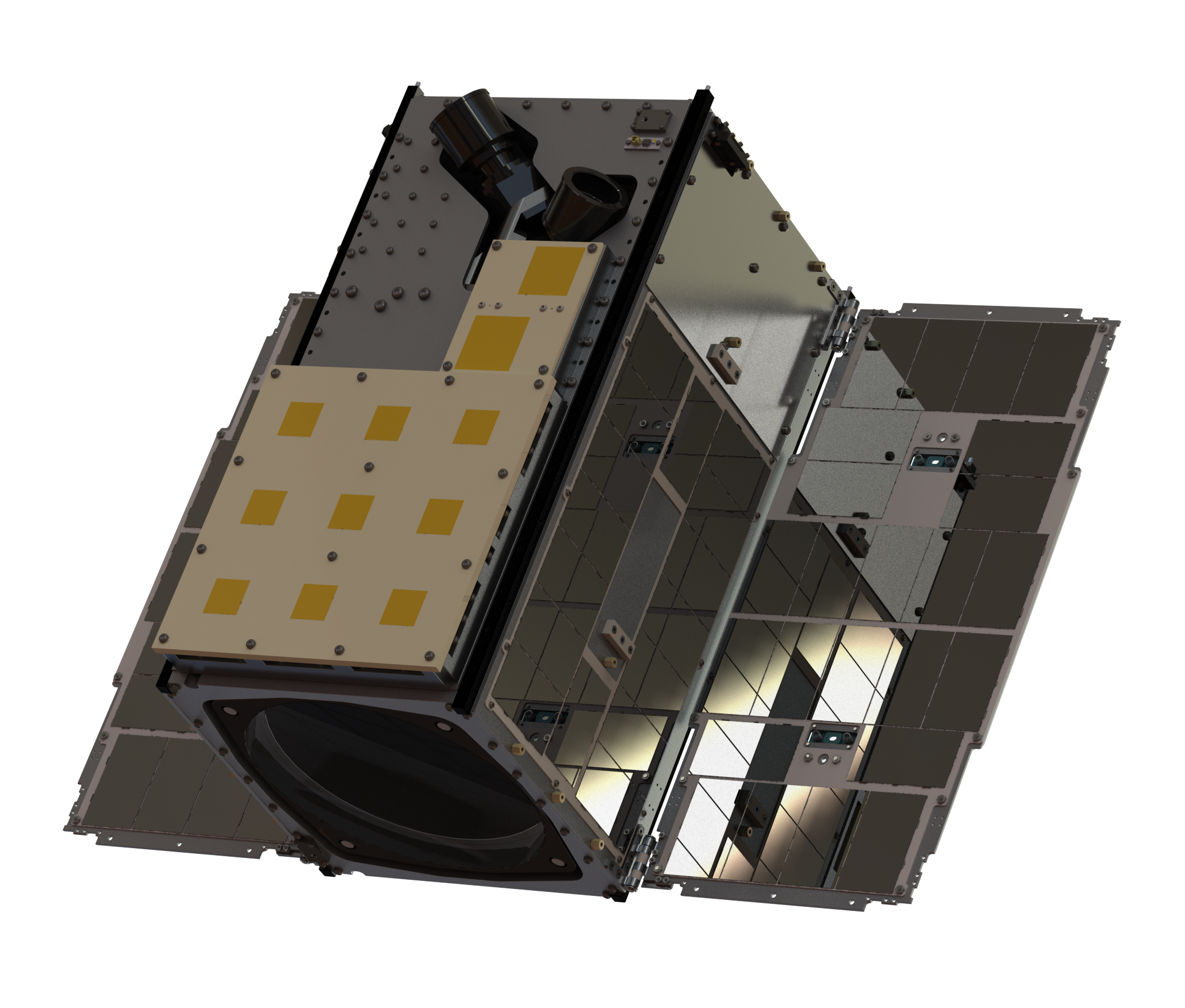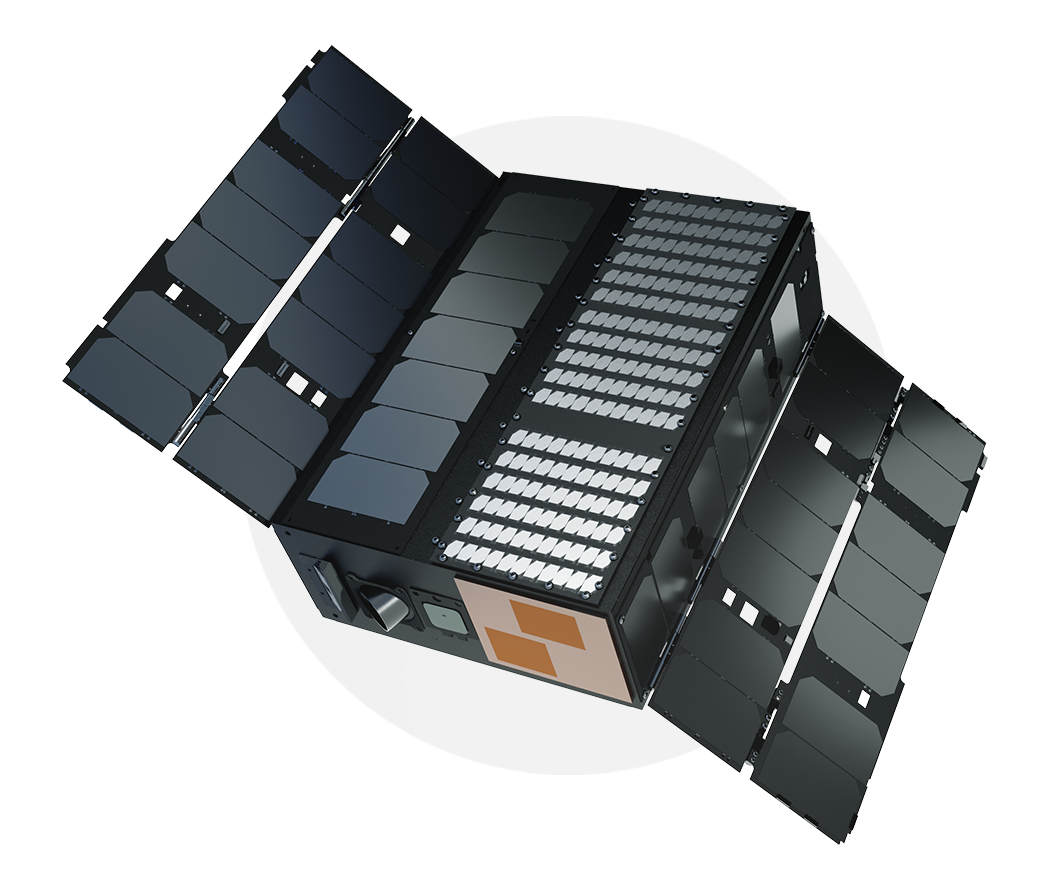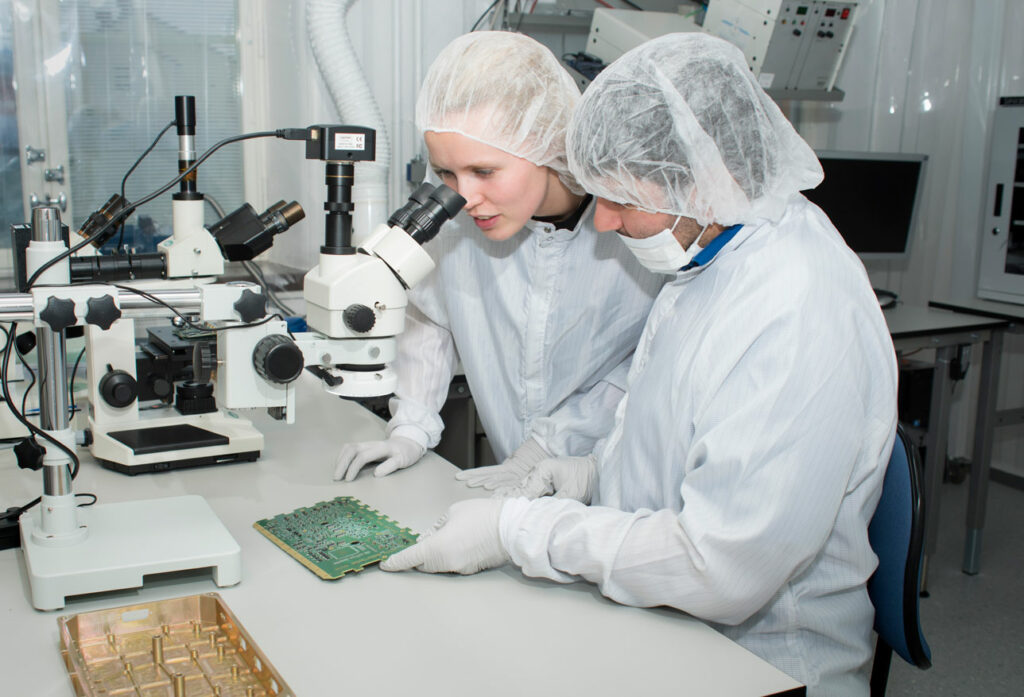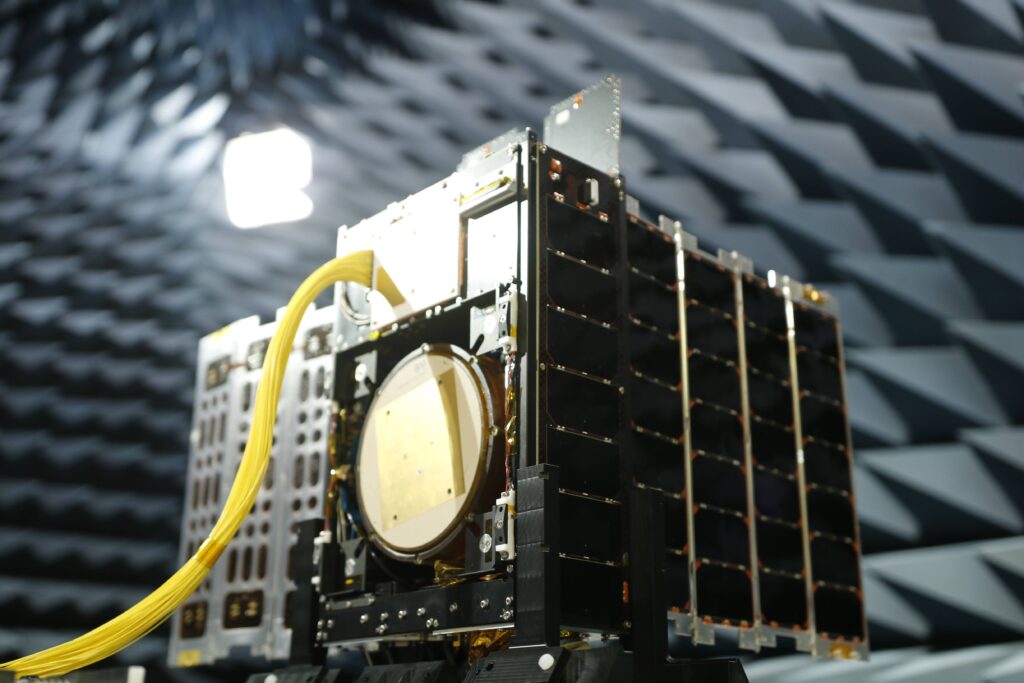
EPIC Missions
End-to-End Satellite Missions Built for Results
From Concept to Orbit to Data Delivery, AAC Clyde Space Powers Mission Success
Definition | Design | Delivery | Data
At AAC Clyde Space, we offer complete satellite mission solutions—from initial concept to data delivery. Whether you’re launching a single satellite or an entire constellation, our expert team guides your mission through every stage: defining objectives, designing advanced spacecraft, ensuring smooth deployment, and delivering high-quality data for decision-making.

EPIC Platforms
EPIC VIEW
-
1 Designed for Earth Observation
-
 2 Approved for Simera Sense xScape range
2 Approved for Simera Sense xScape range -
 3 Fast downlink to meet your data needs
3 Fast downlink to meet your data needs -
 4 High-precision, high-accuracy ADCS
4 High-precision, high-accuracy ADCS -
 5 Premium platform with unparalleled flight heritage
5 Premium platform with unparalleled flight heritage -
 6 Rapidly manufactured, flight-ready satellite
6 Rapidly manufactured, flight-ready satellite -
 7 EPIC-SAFE for reliable, secure data transmission
7 EPIC-SAFE for reliable, secure data transmission -
 8 Resilient command and data handling
8 Resilient command and data handling -
 9 Compatible with main launch vehicles
9 Compatible with main launch vehicles -
 10 Quality assured
10 Quality assured

EPIC LINK
-
1 Designed for communications
-
2 Available with customer supplied payload, with the option of Xiphos SDR
-
3 High power to meet your mission requirements
-
4 Low-noise design
-
5 Premium platform with unparalleled flight heritage
-
6 Rapidly manufactured flight ready satellite
-
7 EPIC-SAFE for reliable, secure data transmission
-
8 Resilient command and data handling
-
9 Compatible with de-orbit regulations
-
10 Compatible with main launch vehicles
-
11 Quality assured
Our Missions
Explore how our satellite missions are advancing technology, unlocking new data from orbit, and driving innovation on Earth. From climate monitoring to next-gen communications, find out how we’re shaping the future—one launch at a time.

Iota’s Io-1 Mission
AAC Clyde Space is working with Iota Technology to execute an end-to-end satellite mission as part of MagQuest, a multimillion-dollar competition to advance how to measure Earth’s magnetic field. The mission will see a 4U EPIC satellites, equipped with Iota Technology’s magnetometer payload, launched to measure the Earth’s magnetic field. AAC Clyde Space will handle the manufacturing, launch, commissioning and operation of the satellite for a 3-year period.
Find out more
LusoSpace
LusoSpace intends to combine twelve EPIC LINK 8U satellites into a VDES communication constellation, to be launched late 2025. AAC Clyde Space will deliver subsystems sets for 11 satellites platforms to LusoSpace. The EPIC 8U variant will be co-designed by AAC Clyde Space and LusoSpace and built in Portugal. This satellite based capability adds a new dimension to terrestrial VDES, creating a global high-speed ship-to-satellite and satellite-to-ship communication link available for various applications
Find out more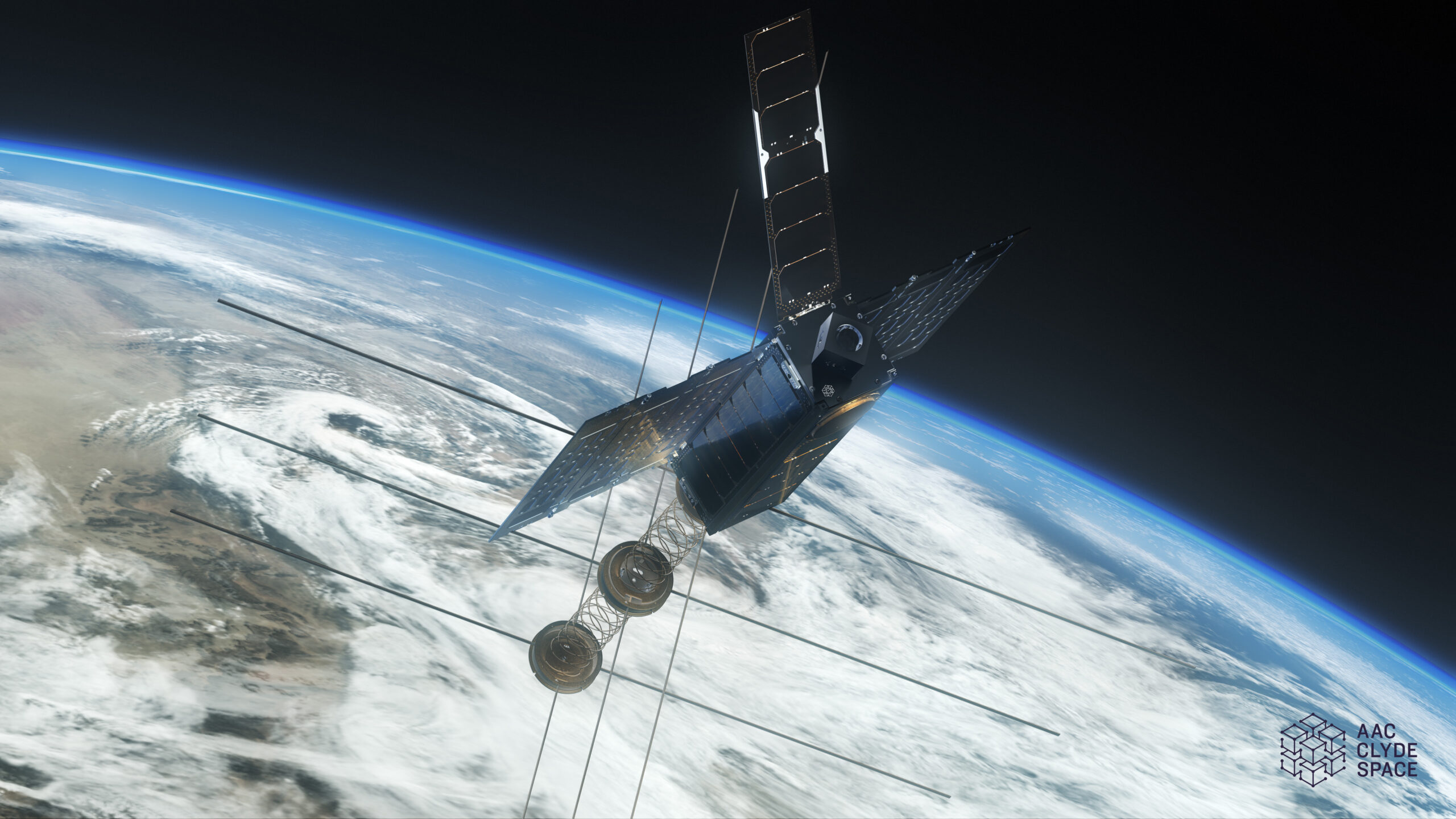
Ymir-1
Ymir-1, a flight proven AAC Clyde Space EPIC LINK spacecraft serves as an in-orbit VDES demonstrator. Designed and built by AAC Clyde Space it carries a VDES payload, enabling seamless two-way communication between the satellite and ground-based stations for ship-to-ship and ship-to-shore maritime communication everywhere on the globe
Find out moreOur Service Sets Us Apart
Our experts in the Art of the Possible focus on your business priorities
We take care of the space part – from design through to build, launch, operations, to data delivery – so our clients can focus on their core business without needing to dive into mission complexities or manage or even own space assets themselves.
Cultivating an Excellent Experience
We believe in consistency in service delivery, ensuring that every customer receives the same high-quality experience. Our team demonstrates expertise and problem-solving skills to address customer issues effectively. Our understanding of every aspect of a New Space customer experience is based on decades of insight and on-the-ground working. We use this depth of knowledge to create a bespoke, seamless experience.
Transparent Pricing
From the get-go we are open and honest with our pricing structure. We understand how important it is for our customers to plan their business model around our pricing. Costs for additional services, such as mission analysis and design, payload procurement, launch services to operations, and data delivery, are agreed before kick-off.
The Right Team for the Job
You wouldn’t trust a doctor with 1 or 2 years’ experience to perform open heart surgery, so why should you settle for anything less than a team that has amassed over a millennia of in-orbit heritage with your business. Our delivery teams draw on this wealth of experience, tried and tested designs, and a global network of partners to answer your needs.
Facilities
Our facilities in Uppsala and Gothenburg (Sweden), Fairfax (Virginia, US), Glasgow (UK), and Cape Town (South Africa) are purpose-built to support the full satellite, payload and subsystem development lifecycle. Across our sites, we maintain cleanroom laboratories rated up to Class 10,000, ensuring contamination-controlled environments for mission-critical assembly and testing. Each site is equipped with tailored capabilities to meet regional production and integration needs.
High-Precision Manufacturing & Integration
In-House Test Capabilities
Space-Condition Environmental Testing
Sign up to our newsletters for the latest news, projects and more delivered straight to your inbox
"*" indicates required fields

